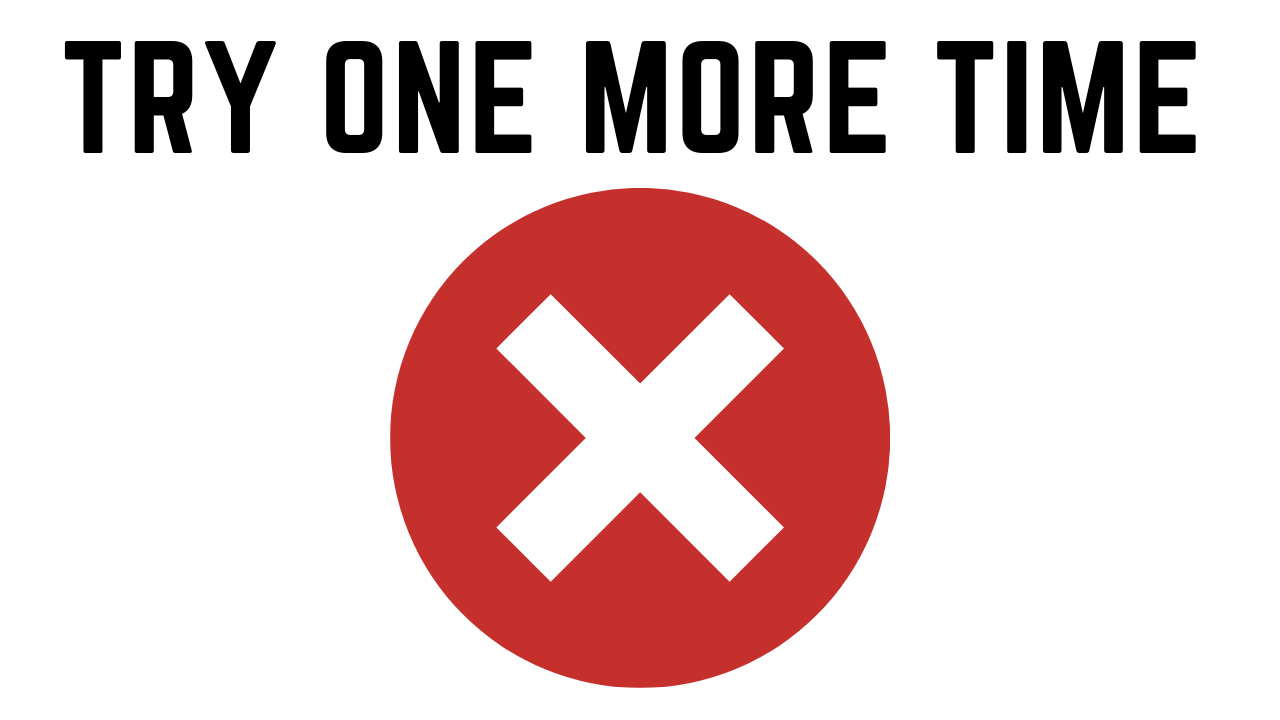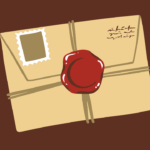В останніх статтях про різні іспити ми згадували те, що для успішного складання потрібно вміти вживати лексику, яка може пригодитися в повсякденому житті. Сьогоднішній тест перевірить вашу вправність у використанні лексики в житті: тема – транспорт.
Тест:
She also saw a woman park her car on the street. Then, the woman put some coins into the parking ____ so she wouldn't get a ticket. A lot of big cities have strict parking rules.
Correct!
Wrong!
While walking up and down the streets, Sally saw a man park his car in the underground parking ____ near a big department store.
Correct!
Wrong!
In order to save money on gasoline and to help the environment, workers will sometimes arrange a system where one man or women picks up other co-workers in his or her car and all go to work together in the same vehicle. This is called ____.
Correct!
Wrong!
Some cities allow big signs to be put on the side of the road for advertising purposes. These are called bill ____.
Correct!
Wrong!
He took the ____ streets rather than the busy highway because he felt safer on the streets that go throughout the city. Highways and freeways are very busy and the cars drive at high speeds on those kinds of transportations systems.
Correct!
Wrong!
He briefly got lost but the street ____ helped him find his way again.
Correct!
Wrong!
Then she got off the bus and went window shopping on ____. This means that she walked.
Correct!
Wrong!
In the United States and in Canada, pedestrians always have the right-of-way. This means that if a pedestrian is crossing the road, a car must ____ to that person and let him or her pass before the driver is allowed to resume driving.
Correct!
Wrong!
Mike decided to ride his bicycle so he went to the park by ____.
Correct!
Wrong!
After she got onto the bus, the bus driver stopped at a ____ light because the light was red.
Correct!
Wrong!
Pedestrians should walk on ____ whenever possible. This is better and safer than walking on the busy roadways.
Correct!
Wrong!
Then, she continued to walk to the bus ____ in order to wait for the bus because she doesn't have a car.
Correct!
Wrong!
Sally went downtown last week. First, she walked out of her house and then she had to cross the street, on foot, at the ____.
Correct!
Wrong!
She also saw another woman get out of a ____. This is a car service that picks people up from various locations and drives them to other areas for a metered price. This service is also called a cab system.
Correct!
Wrong!
In order to use some bridges, drivers must be willing to pay a ____. This is a fee that certain cities, counties etc. implement in order to collect funds for future construction and maintenance costs.
Correct!
Wrong!
Both America and Canada have extensive ____ systems that allow drivers to travel long distances at relatively high speeds
Correct!
Wrong!
On the other side of the street, she saw a lot of ____ walking across the street when the light turned green.
Correct!
Wrong!
"Do I need to turn off of the highway soon to get to the supermarket?" Jane asked Steven. He replied, "Yes. You need to take the next ____ and then turn right once you get to the stop light."
Correct!
Wrong!
At that same ____, she noticed that all of the cars stopped and waited while the people crossed the street because the light was red for the cars.
Correct!
Wrong!
Sally got tired all of a sudden and decided to go home. However, this time she caught the ____. This is an underground train or railway system that quickly transports people to various stops along long, rail line systems in big cities.
Correct!
Wrong!
В житті: транспорт





